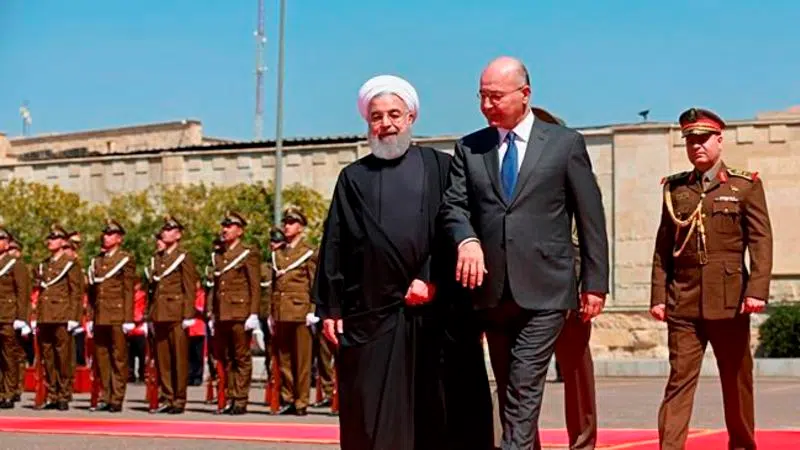
Iran’s Rouhani seeks to boost ties on first visit to Baghdad
BAGHDAD — Iranian President Hassan Rouhani was in Baghdad on Monday, making his first official visit to the nation that Tehran once fought a bloody war against and later backed in the battle with the Islamic State group.
Since Rouhani’s election in 2013, Iraq has relied on Iranian paramilitary support to fight IS, following the militant group’s capture of the Iraqi city of Mosul and other territory in both Iraq and Syria.
Now with the militants facing a final territorial defeat in the Syrian village of Baghouz, Iran is looking for Iraq’s continued support as it faces a maximalist pressure campaign by President Donald Trump after his decision to withdraw America from Tehran’s nuclear deal with world powers.


